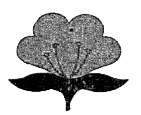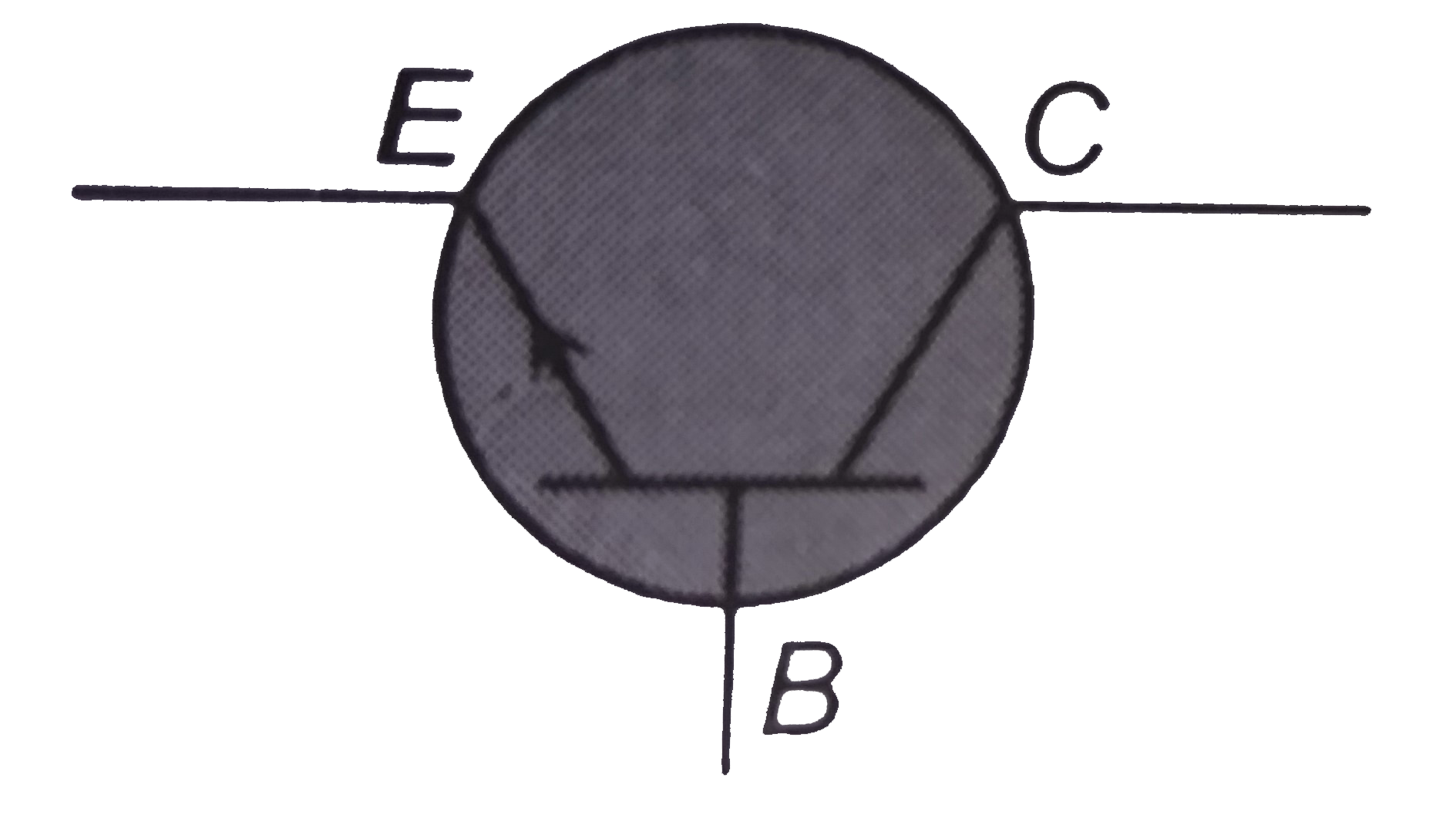Which of the given figures represents a unisexual flower?




To determine which figure represents a unisexual flower, we can follow these steps:
1. Understand the Definition of Unisexual Flowers:
- Unisexual flowers are those that contain only one type of reproductive organ: either male (stamen) or female (pistil).
2. Identify Male and Female Reproductive Organs:
- The male reproductive organ is called the stamen, which consists of a filament and an anther.
- The female reproductive organ is called the pistil, which includes the stigma, style, and ovary.
3. Analyze the Given Options:
- Look at each figure provided in the options and identify the presence of stamen and pistil.
4. Evaluate Each Option:
- Option 1: Contains both stamen and pistil. This is a bisexual flower, not unisexual.
- Option 2: Also contains both stamen and pistil. This is again a bisexual flower.
- Option 3: Contains only the stamen and no pistil. This is a unisexual flower (male).
- Option 4: Contains both stamen and pistil. This is again a bisexual flower.
5. Select the Correct Answer:
- The correct answer is Option 3, which has only the male reproductive organ (stamen) and no female reproductive organ (pistil).
Final Answer:
The figure that represents a unisexual flower is Option 3.
---
- Unisexual flowers are those that contain only one type of reproductive organ: either male (stamen) or female (pistil).
- The male reproductive organ is called the stamen, which consists of a filament and an anther.
- The female reproductive organ is called the pistil, which includes the stigma, style, and ovary.
- Look at each figure provided in the options and identify the presence of stamen and pistil.
- Option 1: Contains both stamen and pistil. This is a bisexual flower, not unisexual.
- Option 2: Also contains both stamen and pistil. This is again a bisexual flower.
- Option 3: Contains only the stamen and no pistil. This is a unisexual flower (male).
- Option 4: Contains both stamen and pistil. This is again a bisexual flower.
- The correct answer is Option 3, which has only the male reproductive organ (stamen) and no female reproductive organ (pistil).
The figure that represents a unisexual flower is Option 3.
Topper's Solved these Questions
- STRUCTURE AND FUNCTIONS OF PLANT PARTSBOOK - BETOPPERSCHAPTER - STRUCTURE AND FUNCTIONS OF PLANT PARTSEXERCISE - SUMMATIVE WORKSHEET (MULTIPLE CHOICE QUESTIONS)
10 Videos
- STRUCTURE AND FUNCTIONS OF PLANT PARTSBOOK - BETOPPERSCHAPTER - STRUCTURE AND FUNCTIONS OF PLANT PARTSEXERCISE - SUMMATIVE WORKSHEET (FILL IN THE BLANKS)
20 Videos
- STRUCTURE AND FUNCTIONS OF PLANT PARTSBOOK - BETOPPERSCHAPTER - STRUCTURE AND FUNCTIONS OF PLANT PARTSEXERCISE - SUMMATIVE WORKSHEET (ODD ONE OUT)
5 Videos
- SOILBOOK - BETOPPERSCHAPTER - SOILEXERCISE - SUMMATIVE WORKSHEET
14 Videos
Similar Questions
Knowledge Check
The given figure represents
 AA-DNA,B-RNA, C-Rho factorBA-RNA, B-RNA polymerase, C- Rho factorCA-RNA, B-RNA polymerase, C- sigma factorDA-DNA, B-DNA polymerase, C-Sigma factor
AA-DNA,B-RNA, C-Rho factorBA-RNA, B-RNA polymerase, C- Rho factorCA-RNA, B-RNA polymerase, C- sigma factorDA-DNA, B-DNA polymerase, C-Sigma factorThe given figure represents
 AmegasporeBmicrosporeCmicrosporphyllDmicrosporangium
AmegasporeBmicrosporeCmicrosporphyllDmicrosporangiumThe given figure best represents
 APyramid of number in parasitic food chainBPyramid of biomass in forest ecosystemCPyramid of number in grassland ecosystemDPyramid of number in forest ecosystem
APyramid of number in parasitic food chainBPyramid of biomass in forest ecosystemCPyramid of number in grassland ecosystemDPyramid of number in forest ecosystem



